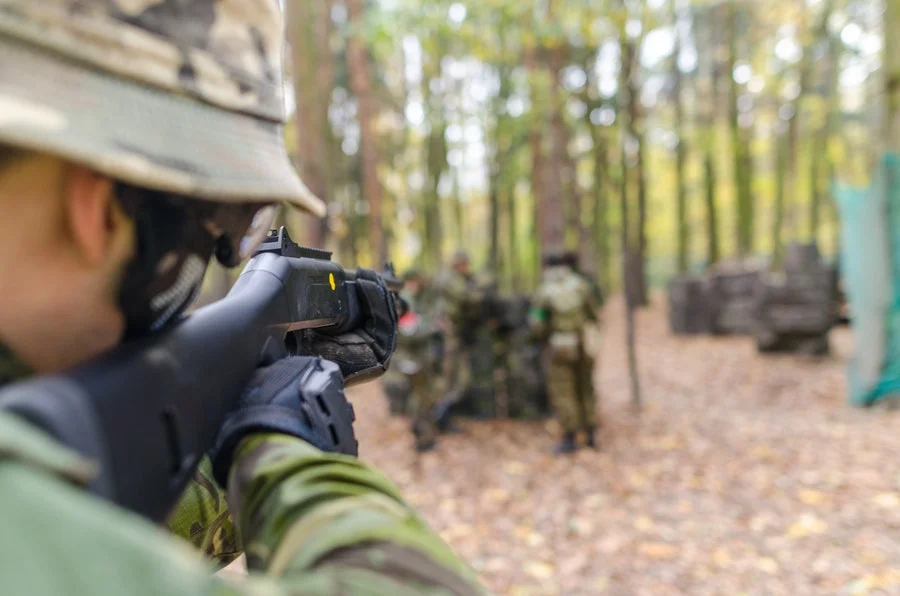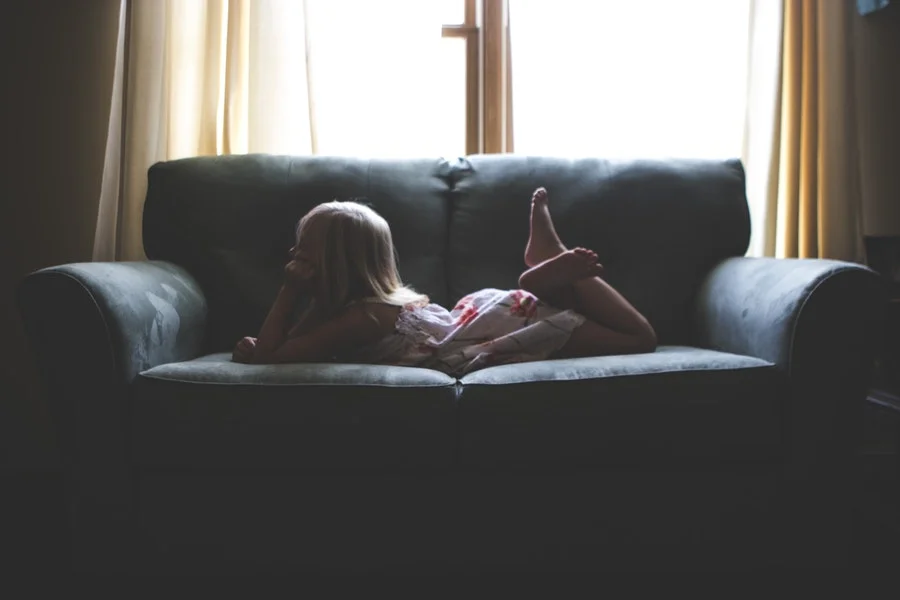What is Scapegoating?
Scapegoating has been used as an explanation for family disturbance, prejudice, the treatment of criminals, and the development and treatment of mental illness. The most common interpretation is that the scapegoated person or group serves as a receptacle for the projections of unacceptable impulses and blame. According to Bion and his contemporaries, this relieves tension due to intrapsychic conflict and justifies displaced aggression. Others have argued that the scapegoat is one of a number of "non rational role specialists" that typically emerge in groups: these individuals represent the intrapsychic conflicts of group members and are unknowingly used to work out shared problems. Social structurally, scapegoats are created and then maintained in a deviant role in order to facilitate group cohesion and identify by clarifying norms - the scapegoat stands on just the other side of good behaviour.
According to Dr Graham Wilson of 'The Confidant', he wrote a brilliant article on how others feel better by way of creating a scapegoat. It's clear and provides interesting insights into how the scapegoat functions to be the dartboard of sorts, and assist the in-group to playout their dysfunctional dynamics and unacceptable attitudes on others.
In my view, he comments on how playground dynamics are evident as a way to act out in a somewhat regressed, and complicated way, how the focus of the group goes to the "outsider" (scapegoat). Hence, whatever misfortune, they quickly get blamed for it - whether explicitly or not - and the mood of the group turns sour. According to Graham, the individual is expected to take responsibility for something that they usually had nothing to do with.
“Scapegoating is the practice of singling out any party for unmerited negative treatment or blame. Although, in many cases the scapegoat is an individual (whether a child, employee, or peer) there are plenty of examples of ethnic or religious groups, divisions of a business, government departments, industry sectors, and even whole countries.”
How's it work?
Graham points out that psychodynamically speaking, scapegoating is defined as a “process by which the mechanisms of projection or displacement are used to focus unwarranted levels of aggression, hostility, frustration, etc., on another individual or group.” Aggression, hostility and frustration are behaviours, as is the act itself of scapegoating. What underlies them is emotional energy and it is the pain of experiencing this energy within that leads an individual or group to seek to displace it unconsciously. This is why scapegoating is seen as a defence mechanism (aka coping strategy). It is possible for the scapegoating to be done by an individual or a group.
In his article, Graham explains simply how projection as a psychological defence mechanism is the organising action behind the way our thoughts and feelings that we believe we shouldn't have, are unconsciously projected onto another individual. This can be done by one person or by a group. If those thoughts or feelings reflect some kind of problem – not having enough money, being out of work, being unsuccessful in love, perhaps – then the projection relieves us of some of the pain of our condition.
For more on scapegoating by groups and group psychodynamics, kindly drop by his article, and check out other insightful pieces of writing.
Other references:
Scapegoating in Small Groups: An Organizational Approach. Jeffrey Eagle and Peter M. Newton. Human Relations 1981 34: 283. DOI: 10.1177/001872678103400403










What is the psychological mechanism of Projection? How can we understand and manage it?